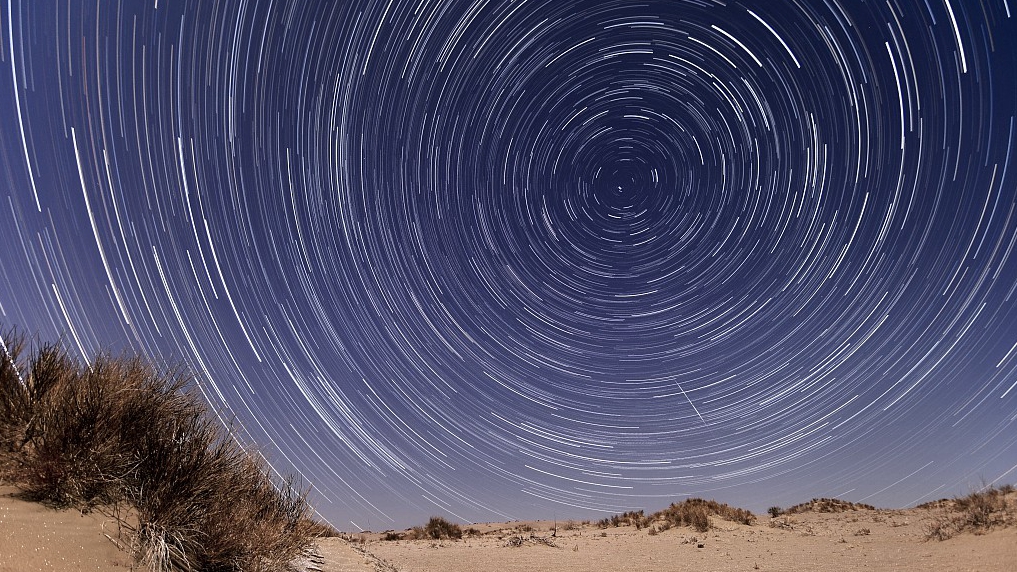
The Quadrantids, 2023’s first meteor shower, will shortly illuminate the night sky. The Quadrantids meteor shower is recognized as one of the best of the year due to its high level of activity. It was capable of exposing 200 meteors each hour at its peak.
In contrast to most meteor showers, though, its peak only lasts for a brief period of time. Setting alarms is essential to ensure that you don’t miss the year’s first meteor shower. So let’s find out all there is to know about it:
The Quadrantid meteor shower’s origin
The Quadrantids meteor shower stands out from other sky displays because, in contrast to most others, it originates from an asteroid rather than a comet.
NASA claims that the quadrants were created by the two-mile-long asteroid 2003 EH1, which circles the sun in around 5.5 years.
When will the Quadrantid meteor shower’s apex occur?
According to TimeandTable.com, the Quadrantid meteor shower is visible from the latter week of December to the second week of January, for around three weeks. The peak period, which runs from January 3 to January 4, is when the asteroid will be most active.
According to statistics from the American Meteor Society, the precise peak will happen on January 4 at roughly 10 PM EST or 3 UTC, which, depending on where you are, is far after sundown.
The Quadrantids have an extremely powerful peak, but it only lasts for a few hours rather than days like other showers, therefore the viewing window is quite important.
